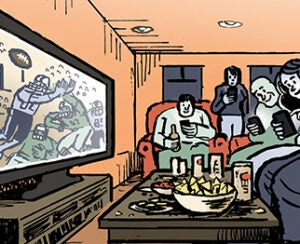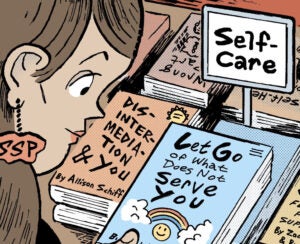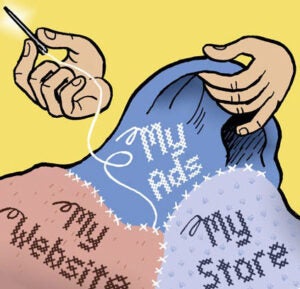 Both major publishers like Forbes and startups like Buzzfeed have found there’s little point in trying to replicate the traditional ad model when it comes to digital. And even programmatic has its limits, in their view. In what was billed as a “debate” on the value or hype of native advertising at the Interactive Advertising Bureau’s Annual Leadership Meeting in Phoenix, executives representing those two publishers, along with Chris Cunningham, co-founder/CEO of native ad tech provider Appssavvy, agreed on the broader points of what many still regard as little more than “advertorials dressed up in digital clothes.”
Both major publishers like Forbes and startups like Buzzfeed have found there’s little point in trying to replicate the traditional ad model when it comes to digital. And even programmatic has its limits, in their view. In what was billed as a “debate” on the value or hype of native advertising at the Interactive Advertising Bureau’s Annual Leadership Meeting in Phoenix, executives representing those two publishers, along with Chris Cunningham, co-founder/CEO of native ad tech provider Appssavvy, agreed on the broader points of what many still regard as little more than “advertorials dressed up in digital clothes.”
Panel moderator Droga5 CEO Andrew Essex and IAB head Randall Rothenberg attempted to create some dissension if not between the panelists then between them and any skeptics in the audience.
“Can you achieve scalability with native advertising?” Essex asked, noting how native advertising typically involves one placement in a single publication. “It takes an incredible amount of labor.” That might be a problem, panelists said, if not for Twitter, Facebook and other sharing channels and their ability to mobilize consumers around a message.
“We decided not to do banners, but to do native advertising only,” said BuzzFeed CEO Jonah Peretti. “Banners don’t make sense in a social environment. There are a group of people I call the ‘Bored At Work’ who share content. There are people bored standing in line and, possibly, people bored at conferences. They want something to keep them engaged, something they can share. Search is the opposite: It’s what people do when they don’t want anyone to know what they’re engaged with, when they don’t want anyone to look.”
“The brand advocacy that’s driven by native is more powerful than display or search,” He said.
Cunningham agreed that native is competing with display, not social media, for dollars. “The rise of programmatic provides a lot of value,” he said. “There is efficiency. On the other side, timing and context represents native very well. We’re all going to be competing for the display bucket. But if you’re not programmatic or top 15, you’re going to get squeezed. Native levels the playing field a bit.”
Speaking of programmatic, Meredith Levien, Forbes Media’s group publisher/CRO, said that publishers can sometimes feel at odds with the idea of the “tech stack,” which implies advertisers cherry-picking audiences for the greatest efficiency and cost. In turn, native showcases publishers’ “media stack,” which is the power to aggregate audiences and extend content and the marketing message it’s attached to outward under the umbrella of a trusted brand.

Earlier in the day, Forbes.com launched new homepages for its two-year-old native platform, known as BrandVoice, with an updated design and expanded functions. Among other things, the new BrandVoice homepages have been optimized for mobile, which represents even greater challenges for banner ads because of the smaller screen size and usage patterns of people on the go.
Marketers are already taking on the function of publishing, telling stories on their owned channels, Levien said. “But I don’t think it’s a matter of taking anything away from display or social media budgets,” she added. “I think the pie is going to get bigger [as native advertising gets bigger]. As a premium publisher, we are taking marketing share from things not funded by advertising.”
Taking in all the commentary from the panelists, Rothenberg posed a rhetorical question: “So from what you’re all saying, does this mean that are you are the agencies and Twitter and Facebook are the new networks?” To which the panelists responded with a collective, “Yeah, pretty much.”










